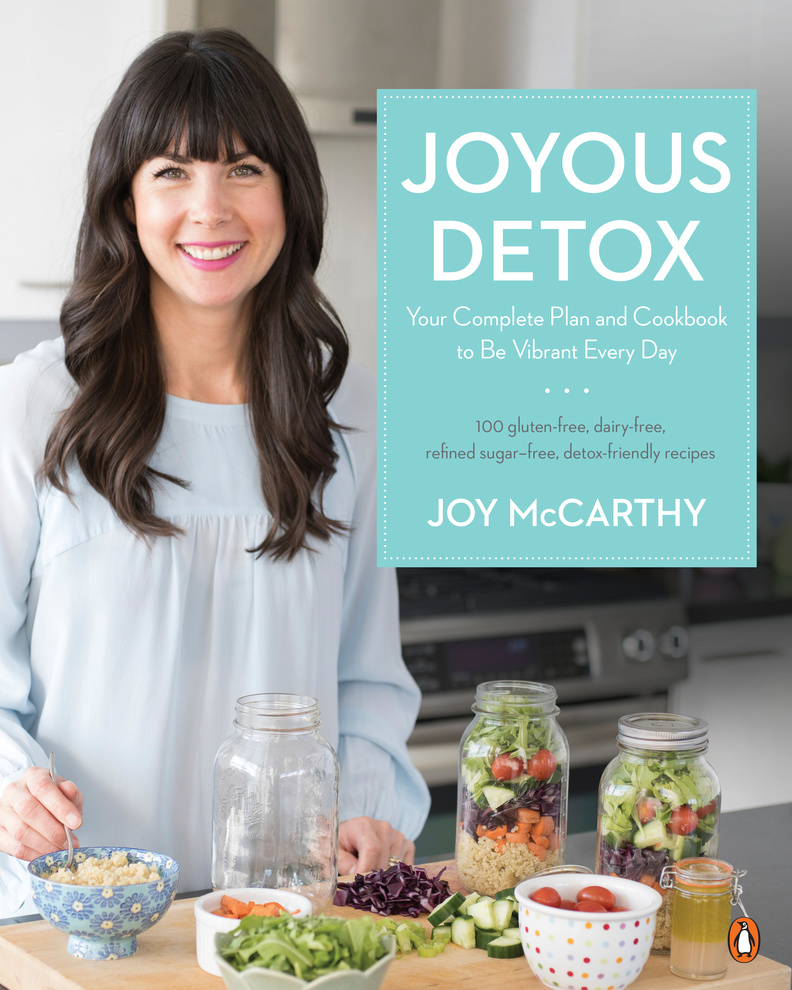
I came home earlier this month to find an amazing box at my door. It was from penguin books. At first I was a bit confused as I had not ordered any books. Brought it upstairs and to my surprise it was a care package from Joyous Health.
It was not only her brand new book Joyous Detox but it was an entire package that included essentials to help me with my detox! Talk about a surprise package! The book includes 100 gluten-free, dairy-free, refined sugar-free, detox-friendly recipes! Joy is previously known for her best seller Joyous Health.
About her new book:
It is actually a complete plan and cookbook. She wrote this book in order to share with the readier how easy and delicious it is to detox naturally by following a whole foods based diet that emphasizes detox-friedly foods. It gives your body a break from gluten, dairy, sugar, food additives and junk foods that can have a negative effect on your digestion, energy levels and even beauty.
*You may even notice that your hair is shinier and your skin glows more from just 10 days of following the meal plan that is outlines on page 88 in the book*
The care page that she sent me included:
- Joyous Detox Tea
- Smooth Like Butta Body Butter
- Lovely Lavender Deodorant Stick
- Limp Treatment Balm
- Dry Skin Brush
Joyous Detox Tea: Her detox tea is a handcrafted organic blend of carefully selected ingredients to support your digestive system, especially your liver. This will enhance detoxification.
Smooth Like Butta Body Butter: It is so clean your an eat the ingredients. And it smells amazing. By far my fav body butter to date.
Lovel Lavender Deodorant Stick: Her natural deodorant contains clinically proven sage extract to keep things stink free. It is formulated for sensitive skin and contains no chemicals.
Lip Treatment Balm: Firstly this is so tasty! Its also certified organic.
Dry Skin Brush: Dry skin brushing is an essential to your health, beauty and detoxification as brushing your teeth. This totally natural body brush is the perfect coarseness and you will feel instantly invigorated and rejuvenated!
Thank you so much Joy for the care package! I truly appreciate the gesture! And good luck with your new book! I know it is going to be another best seller!
Available on amazon: https://www.amazon.ca/Joyous-Detox-Complete-Cookbook-Vibrant/dp/0143194607/ref=sr_1_1?ie=UTF8&qid=1483305780&sr=8-1&keywords=joyous+detox
Joy McCarthy on social:
https://www.facebook.com/joyoushealth.ca/
https://twitter.com/joyoushealth/
https://www.instagram.com/joyoushealth/
300 Best Blender Recipes Using Your Vitamix - Book Review
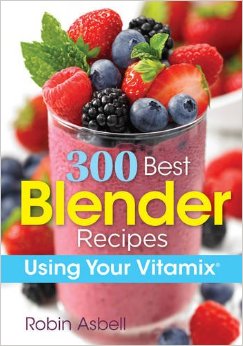
For those of you who are blessed enough to own a vitamin you know that you can do so much more than make smoothies. Even picky eaters can learn to consume healthy foods when they are blended. Making your own gives you control over what goes into your body!
Vitamix is one of if not the most versatile mixer/blender that exists right now. Its powerful, fast and is incredibly easy to use. You can make smoothies, bread, pancakes or even muffins with flour!
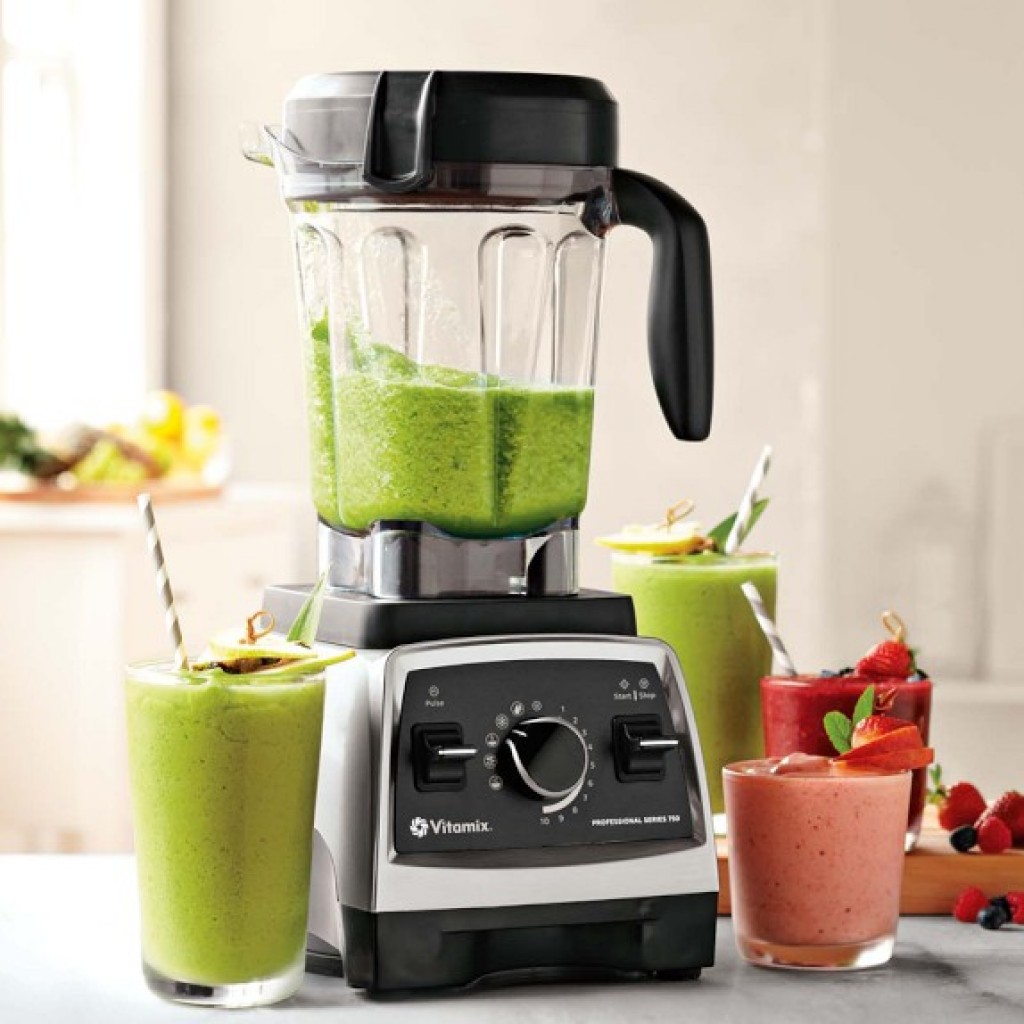
The author Robin Abel has created an extensive collection of innovative recipes that will help you get the most out of your vitamix. There are tons of healthy recipes for delicious dishes from breakfasts to sauces, dips, spreads, nut butters, dressings, ice creams, milkshakes, cocktails, spice blends, dips, baby foods and even desserts. The bet part? There is even a bonus chapter on skin treatments, scrubs, masks and lotions.
Robin the author also includes useful information about your appliance, from the differences a month the different series to tips and techniques that demonstrate how you can turn your vitamix into an invaluable workhorse in your home kitchen.
So far I have only had the chance to try a few of the recipes because I am about to start prep again from provincials. I also don't have a vitamix so I had to use the ninja that I have. So obviously I didn't get the full effect. However I loved the mixed berry probiotic blast on page 228. Probiotics are very important for health and your digestive tract (if you didn't know).
You can purchase your copy here:
https://www.chapters.indigo.ca/en-ca/books/300-best-blender-recipes-using/9780778805588-item.html
175 Best Superfood Blender Recipes - Using Your NutriBullet - Book Review
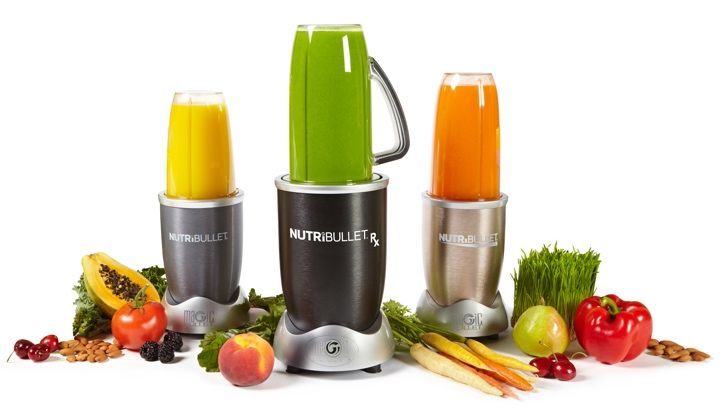
I just received this book this month! I absolutely love using my blender for shakes and my protein ice cream (if you follow me on snapchat: trainitright you know my late night obsession with protein ice cream). Anywayyyyyyy...
These recipes are fast and convenient. They are single servings which means they are great on the go for someone with a busy lifestyle. They are also great from children. From a nutritional point of view, smoothies are a super easy way to pack a lot of nutrients into a relatively small serving size. The only thing with the recipes in this book is that it is written specifically to use for a nutribullet. If you don't have one (like me) and you just have a regular blender they work ok but are slightly smaller than what your blender is usually made to hold.
If you happen to be a lucky person and have a nutribullet then you are all set to go! This ingenious book covers the principles of healthy eating, nutrition and superfoods. There are 175 easy to prepare recipes, smoothies, dressings, dups, soups, sauces and desserts!
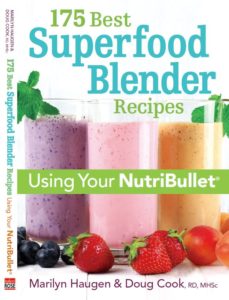
All of the recipes in this book by Marilyn Haugen & Doug Cook are made from wholesome foods and are an effective way to increase the overall nutrient density in your diet. Ive tried a few since my diet is a bit more flexible right now and you definitely wont be disappointed.
Tis the season of Pumpkin still. So I tried out the Pumped-Up Fall Harvest Pumpkin Breakfast Bowl on page 88! And it was delicious! If you get the book and give it a try let me know!
You can pick up a copy here: https://www.chapters.indigo.ca/en-ca/books/175-best-superfood-blender-recipes/9780778805595-item.html
Five Ways To Keep Your New Year's Resolution of Losing Weight In 2017
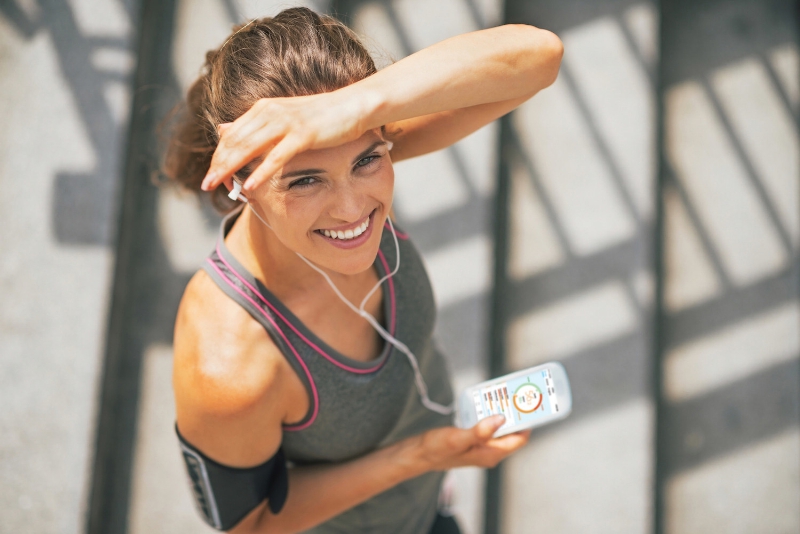
Dr. Elaina George is a Board Certified Otolaryngologist and Author of the new book "Big Medicine: The Cost Of Corporate Control And How Doctors And Patients Working Together Can Rebuild A Better System"
Dr. George's tips are:
1. Start exercising
An increase in activity of as little as 20 minutes 3 times a week can make a difference in your risk of heart disease, diabetes and obesity. You don't have to get fancy with a gym membership. Try taking the stairs at work instead of the elevator, or park further from the entrance when you go to the market or mall.
2. Eat Smaller portions
You may not want to give up your junk food or fried food, but try to limit your portions. Instead of buying a six pack of soda, buy a two liter bottle. You can better control the portions along with your intake of calories.
3. Drink more water
The average person should be drinking 1 ounce per kilogram of his/her weight in water per day. (1 lb = 2.2kg). Studies have shown that people eat more when they are dehydrated because the signals in the body can confuse hunger with thirst. If you are hungry, try drinking an 8-12 oz glass of water before you decide to eat that snack.
4. Avoid salt
The average American diet consists too much salt. Salt is found in everything from canned foods to frozen foods. Not only does salt make your body retain water, it also dulls your sense of taste when it comes to sugar. As a challenge, decrease the amount of salt you eat for about 1 week, then drink a non-diet soft drink. Not only will you lose about 3- 5 lbs of water weight, but you will see that the soda is incredibly sweet. In addition, try to use sea salt.
5. Avoid high fructose corn syrup
Studies have shown that most products in this country are made with high fructose corn syrup that is contaminated with mercury (a known neurotoxin). Instead try to choose foods made with cane sugar. When you drink soft drinks that are made with sugar you will be less likely to crave salt and be able to stop with one soda because there is no 'sugar high' that leads to the craving that makes you want to have more.
About Dr. Elaina George
Atlanta, GA Based - Dr Elaina George is a Board Certified Otolaryngologist. She graduated from Princeton University with a degree in Biology. She received her Masters degree in Medical Microbiology from Long Island University, and received her medical degree from Mount Sinai School of Medicine in New York. Dr George completed her residency at Manhattan, Eye Ear & Throat Hospital. She is on the advisory council of Project 21 black leadership network, an initiative of The National Center for Public Policy Research. Dr George hosts her own radio show, "Medicine On Call" and she is also a keynote speaker many organizations. As a solo practitioner in private practice who is also a small business owner, she has a unique perspective on the problems of health care delivery, the true costs of healthcare and viable solutions.
Ascensia Diabetes Care receives Health Canada approval for the app-enabled CONTOUR® NEXT ONE blood glucose monitoring system
A REMARKABLY ACCURATE METER THAT SEAMLESSLY INTEGRATES WITH SMART MOBILE DEVICES TO MAKE CONNECTED MANAGEMENT EASY FOR PEOPLE WITH DIABETES
Ascensia Diabetes Care today announced the approval of the CONTOUR® NEXT ONE blood glucose monitoring system (BGMS) in Canada, one of the next steps in the evolution of self-monitoring of blood glucose. As part of the system, the CONTOUR® NEXT ONE meter and CONTOUR® DIABETES App seamlessly connect to allow the app to capture the meter's remarkably accurate blood glucose readings.
The system features an easy-to-use wireless-enabled smart meter that links to a smart phone via Bluetooth™. The CONTOUR® NEXT ONE meter connects to the CONTOUR® DIABETES App, a mobile app that collects, stores and analyzes patient blood glucose readings from the meter. The app combines these with other data input by the patient to provide detailed information about their condition that can help them understand how their daily activities may impact their blood glucose results, including alerts for critical high or critical low readings. The blood glucose measurements and patterns that are identified can also be shared with healthcare professionals to help support management plans.
Not only does the CONTOUR® NEXT ONE system simplify diabetes management and help make it easier for more people with diabetes to use their smartphone to manage their condition, it has also been demonstrated to be one of the most accurate systems to date provided by Ascensia Diabetes Care.
"At Ascensia Diabetes Care we are dedicated to helping improve the lives of people with diabetes. The launch of the CONTOUR® NEXT ONE blood glucose monitoring system is the latest of our high quality solutions to meet the needs of the diabetes community," explained Russ Newsome, Region Head of North America, Ascensia Diabetes Care. "The value for both patients and healthcare professionals in having easy access to highly accurate data that tracks their condition over time could be significant," he added.
Published study data has shown the CONTOUR® NEXT ONE meter to be remarkably accurate. Canadian industry standards for blood glucose meters have an acceptable error range of 15%1 from lab readings. That means that readings on a meter can be 15% higher or lower, compared to the lab. CONTOUR® NEXT ONE meter results go beyond the industry standards, by coming within 8.4% of a lab reading.1
The CONTOUR® DIABETES App presents blood glucose readings in a simple, intuitive and easy-to-review way, which may help improve a patient's engagement with and understanding of their results. The system is also designed to evolve in the future, bringing new capabilities and features to help people with diabetes manage their condition.
______________________________________________
1 Christiansen M et al. Accuracy and user performance evaluation of a new blood glucose monitoring system in development for use with CONTOUR® NEXT test strips. Poster presented at the 15th Annual Meeting of the Diabetes Technology Society (DTS); 22–24 October, 2015; Bethesda, Maryland, USA.
About Ascensia Diabetes Care
Ascensia Diabetes Care is a global specialist diabetes care company, dedicated to helping people living with diabetes. Our mission is to empower people living with diabetes through innovative solutions that simplify and improve their lives. We use our innovation and specialist expertise in diabetes to develop high quality solutions and tools that make a positive, daily difference for people with diabetes.
Home to the world renowned CONTOURTM portfolio of blood glucose monitoring systems, our products combine advanced technology with user-friendly functionality that help people with diabetes to manage their condition. We are committed to continued research, innovation and development of new products and solutions. As a trusted partner in the diabetes community, we collaborate closely with healthcare professionals and other partners to ensure our products meet the highest standards of accuracy, precision and reliability, and that we conduct our business compliantly and with integrity.
Ascensia Diabetes Care was established in 2016 through the sale of Bayer Diabetes Care to Panasonic Healthcare Holdings Co., Ltd. Ascensia Diabetes Care products are sold in more than 125 countries. Following the close of the transaction in all countries, Ascensia Diabetes Care will have around 1,700 employees and operations in 38 countries.
For further information please visit the Ascensia Diabetes Care website at www.contournextone.ascensiadiabetes.ca.
CONTOUR® is a registered trademark of Ascensia Diabetes Care Holdings AG.
The Bluetooth™ word mark and logos are registered trademarks owned by Bluetooth SIG, Inc., and any use of such marks herein is under license.
SOURCE Ascensia Diabetes Care
200 Best Smoothie Bowl Recipes by Alison Lewis - Book Review

If you are like me and you hate drinking your calories a smoothie bowl sounds like a much better option. You literally can make anything into a smoothie bowl. Author Alison Lewis is also an internationally published author of two cookbooks, a professional recipe developer, nutritionist, and the owner of Ingredients Inc., a food and travel media company based in Birmingham, Alabama. So when it comes to food she definitely knows her stuff.
From reviewing thats amazing book I have learned how simple it is to prepare a smoothie bowl. I incorporate a lot of her recipes into my client programs when they get sick of shakes or for a great late night snack. They can be very satisfying and satiating. This book was originally published back in April but because of my prep I was unable to make use of it until now!
The book has easy to make recipes that don't involve a lot of complicated ingredients, and it even includes kid friendly recipes. She also gives you topping alternatives and options. You can get as creative as you want on top of the base. There are yummy dessert recipes, any time of the day recipes and even smoothie bowls with coffee and tea as the base. And if you follow my social media you will know that I love both my coffee and my tea! So you know those are some of my favourite recipes. Another one of my favourite recipes that she includes is what she calls the Peanut Butter Cup. It's on page 99 in the kid-friendly smoothie bowls. Be careful it is addictive!
Overall I give this book an 8/10. There are some really great healthy ideas for smoothie bowls. I wish that there was calorie counts and macros for those of us who do competition prep or track macros. And there are a lot of great recipes but no pictures to go with the recipes and I love a book that shows me beautiful photography along with the great recipe! I would suggest getting this book and adding it to your collection for fun meal prep ideas! Especially if you have kids!
To purchase the book from amazon:
https://www.amazon.ca/200-Best-Smoothie-Bowl-Recipes/dp/0778805336
150 Best Recipes For Cooking In Foil - Book Review

Foil packet meals = cooking at its simple best
I couldn't agree more with the above statement. As you guys know I am a fitness competitor and prepping meals is a huge part of my nutrition when I am on prep. It can be very time consuming. That means I am always looking for quick and simple recipes to get my food ready so I have more time for training. I also want them to taste good. I don't limit my sodium on prep so I flavour everything! And foil packets are so much fun, easy, and help create amazing flavours with your ingredients. They can also be prepared for oven, bbq or even camping!
This book: 150 Best Recipes For Cooking In Foil by Marilyn Haugen has quickly become one of my favourites for preparing meals! The delicious grilling and one recipes offer convenience with minimal cleanup. I hate cleaning so this is tremendously helpful for me. Its also great for the busy person who doesn't have a lot of time. Many of the dishes I ate ahead of time and refrigerate or freeze for reheat later.
I also like that the ingredients that she uses for her recipes are easy to find every day ingredients. You just chop, mix and you are ready to go. I make mine in the oven but you aren't just limited to the oven with these recipes which is particularly useful no matter what your cooking situation is.
I give this book an 8/10 simply because it is in black and white and not every recipe has a photo. However every recipe that I have tried has been amazing! So grateful to have been sent this book!
If you're looking for your own copy check out: https://www.amazon.ca/Foil-Packet-Cooking-Recipes-Grilling-ebook/dp/B01GZB1YDY
150 Best Meals In A Jar - Tanya Linton - Book Review
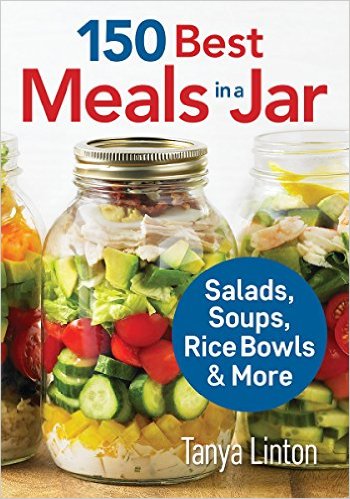
I love mason jars! I have always said that "everything tastes better in a mason jar." And it does! Thats why I was excited to receive this book 150 Best Meals In A Jar. Once you start using mason jars you will see just how easy it is to do meal prep, eat on the go. You can even be as innovative as you want with the recipes. There really are no limits.
The book has a wide variety of delicious meals for breakfast, lunch and dinner. It includes soups, snacks, fruit and vegetable salads, grain and legume salads, pastas, rice bowls, over night oats and even desserts.
My favourites are the over night oats. I always love including that into my own plans as well as my clients. One of my top fav recipes is the chocolate protein smoothie that is on pg 19.
The recipes are easy to follow, have great ingredients that are easily available and most often times you already have in your panty. Tanya Linton also provides great variations of the recipes so you aren't limited to exactly what she has in the originally recipe.
Overall I give this book an 8/10. There arent pictures of each recipe but there are just so many amazing options and variations its a go to book for meal prep. If you are into health and fitness and want amazing healthy recipes this is a go to!
To purchase your own copy head on over to:
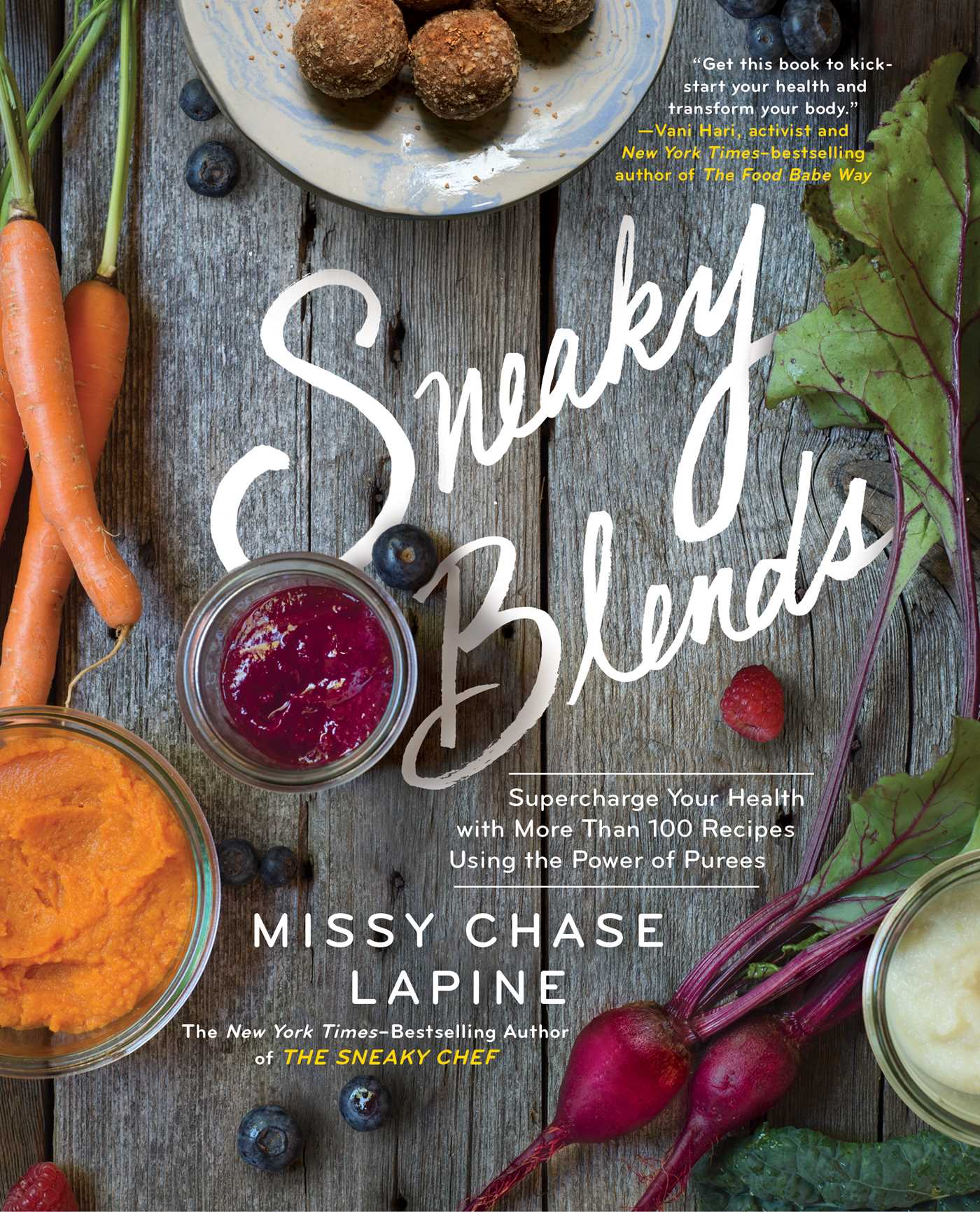
Hey Guys! Do you have picky eaters in your family? If you said yes to that question you definitely need to pick up this book! Sneaky Blends by Missy Chase Lapine, the New York Times -Bestselling Author of the sneaky chef has cooked up another great recipe book.
I was sent this book a while ago and since I was on prep and following a meal plan it was hard for me to implement some of these recipes. Now that I have a little more flexibility in my diet I have been experimenting with them quite a bit. I even think that I have found a way to include them into my next prep.
The book was originally launched in September 2016 and retails at $19.99 US and $26.99 Canadian. This book includes recipes for 15 base blends, 75 mouth watering dishes, each using a base blend and also Missy's custom blends cleanse which is a 3 day body reboot. She gives you good tips and tricks on how to start blending and there are amazing pictures of all of the blends!
You don't even have to have picky eaters in your household. I would recommend this book to kick start your own health and help transform your body. Almost everyone has a blender and why no use it to blend your way to better health. This book has 100 sneaky blend recipes that help teach you the power of purees. With recipes you could never dream up yourself Missy will have you craving the most unique combinations.
Why does blending help with your health goals? A study at Pennsylvania State University found that swapping vegetable blends for some of the more high caloric ingredients in recipes helped participants eat 357 fewer calories each day. Thats 2, 500 calories a week!
I give this book a 10/10 and I think it is a must have in every house hold. It will give you tons of variety and options for your meal prep!
Want to know more? Visit https://www.thesneakychef.com/sneakyblends/
Juice Guru - Transform Your Life By Adding One juice A Day - Book Review
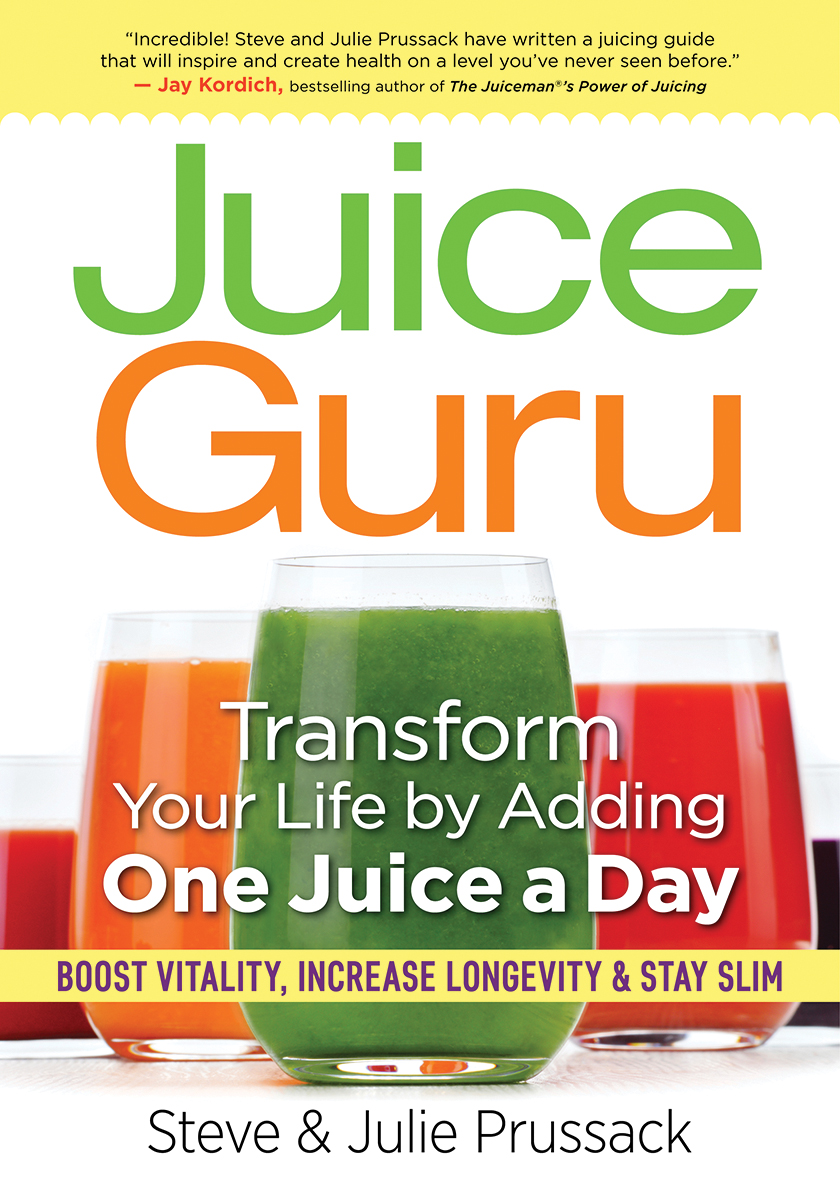
I know we have all had our fair share of juices. But buying in a store can be fairly expensive. If you have the luxury of your own juicer or you happen to have gotten gifted one for Christmas even better. Did you know that almost 90% of us don't get the recommended amount of fruits and vegetables in our diet? With busy lifestyles these days its often hard to eat the right amount of veggies. Juicing definitely makes it easier.
I would highly recommend the Juice Guru book by Steve & Julie Prusssack if you are new to juicing and want to have a book on hand to use. By following the straightforward guidelines in the book, you will take a huge step in transforming your health. It will also help you learn how to apply the science of habit so that juicing becomes an enjoyable practice you adopt for life rather than a short term experiment.
This book demystifies juicing and will help you incorporate this regimen into your daily lifestyle. It includes a 21 day plan that will help you get started that has 100 flavourful fruit and vegetable juices.
Ive tried quite a few of the recipes in this book. Mostly the veggie ones as I don't eat a lot of fruit on prep. One of my favs was the Nothin' But Greens which can be found on page 119 in the power greens section of the book! Give it a try and let me know how you liked it!
The book is available on amazon for purchase:
https://www.amazon.ca/Juice-Guru-Transform-Your-Adding/dp/0778805298











